How to use a disgorger: guide to unhooking a fish
It is often believed that catching a fish is the main problem of fishing. In reality, if we think about it for a moment, we discover that in addition to the effort required to catch any prey, we also need to equip ourselves to free it from the hook and return it to its original environment. There are methods and methods to do this, with or without special tools.
We will leave aside the classic unhooking of a fish with the fingers, because it is really simple and does not require particular technical details. Instead, we will focus on unhooking any prey using an accessory called a disgorger.
What is a disgorger
The disgorger is a tool made of classic material in the shape of a pen, available in various colors, sizes, dimensions, materials. There are white, red, green, blue, black and various colored disgorgers, made of both plastic and metal or composite material. A disgorger has a rounded tip at the ends, with an almost circular indentation that serves to release the hook from the fish's mouth.
There are small-sized disgorgers, useful for small-sized prey (rock fish, rudd, perch, etc.); medium-sized disgorgers that make the difference with larger prey (crucians, carp, chub, sea bass, gilt-head bream, mullet, etc.) and finally large-sized disgorgers that are mostly used for trout fishing or in difficult conditions (fish with a very wide and deep mouth - large predators, for example). Some disgorgers have a metal tip inside that has a different purpose: to untangle any knots on terminals and main lines.
How to use the disgorger
The disgorger requires a series of precautions to be used correctly. First of all, you need to wet your hands to touch the fish. This avoids causing damage to the prey but, above all, allows for a much better contact. Instead, avoid cloths, rags and anything that can tear a prey. As highlighted in the images, you must therefore take what you have caught with your right hand. With the left hand, we pass the line through the “head” of the disgorger and keep the terminal taut.
Without the monofilament under tension it is much more difficult to carry out this operation. We bring the disgorger close to the mouth of the fish. The hook could be on the lip, or in the throat. It doesn't matter. You have to be focused and fast, because the disgorger will have to come into contact with the hook, and we will apply a sharp and surgical pressure to release it. Bang, done! The movement is sharp and precise. After unhooking the hook from the fish's mouthparts, we free the prey and also remove the hook from the head of the disgorger.
What if the disgorger doesn't work?
There are cases in which the disgorger can't reach the throat. Maybe because we have a model that is too small. Or the prey is very large, it has swallowed the bait up to the root of the mouthparts and there is not much else to do. There are mainly two solutions:
- Change the disgorger by choosing a larger one;
- Cut the monofilament and free the prey.
In the case of trout, carp, sea bass or large fish, a maxi disgorger can make the difference. So don't just buy one, but a range of different models can certainly give you a hand even in complex conditions. If even this solution does not free the fish from the hook, cut the terminal and release it into its environment with the hook still in its mouth.
In the following hours, the acidity of the gastric juices or the movements of the prey can "blunt" the hook, making it ineffective and free to release without having caused particular damage to the finned fish. Avoid using amateur pliers, tweezers and pincers: I have seen all sorts of things in carp fisheries or in sport fishing lakes. The fish suffered irreversible damage to their mouths and, in many cases, lost their lives hours later due to the trauma suffered.


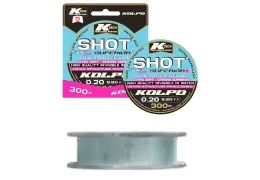
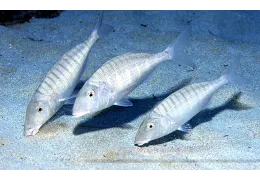
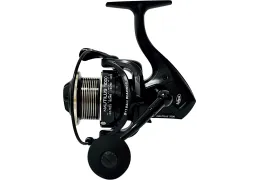

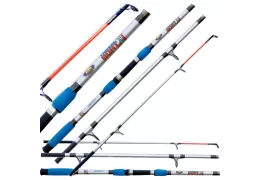
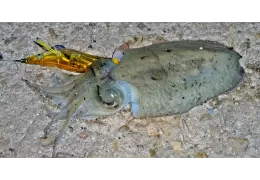
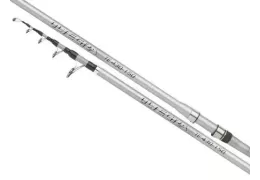



Leave a comment
Log in to post comments